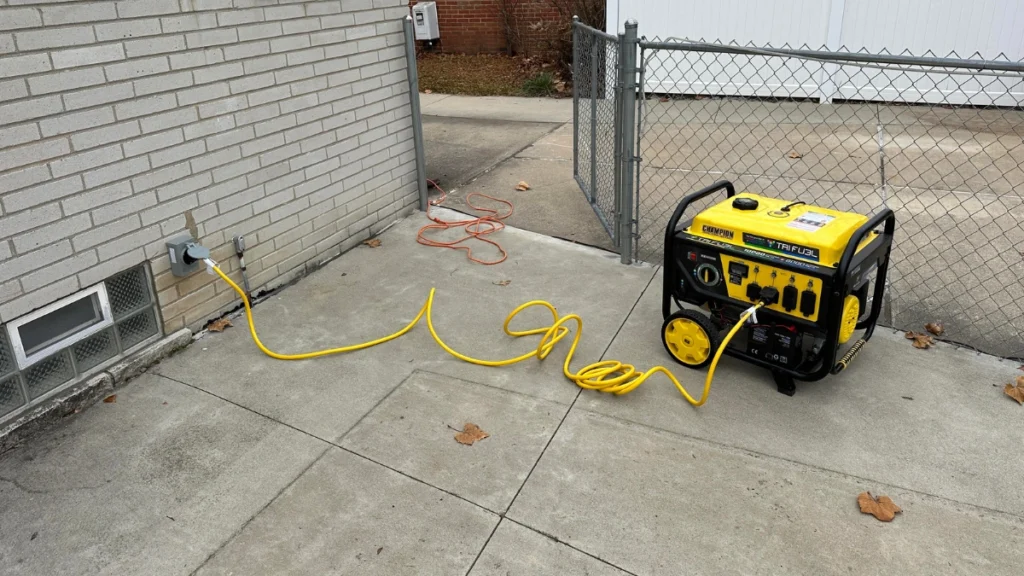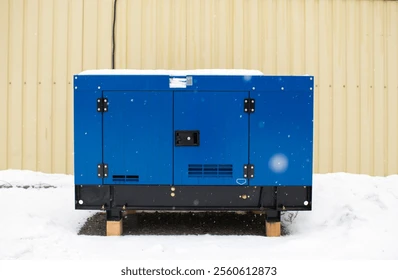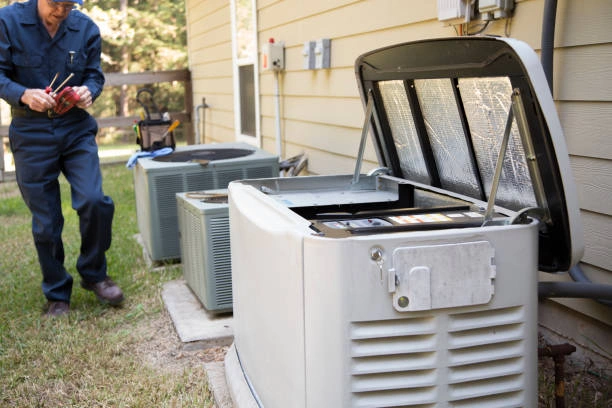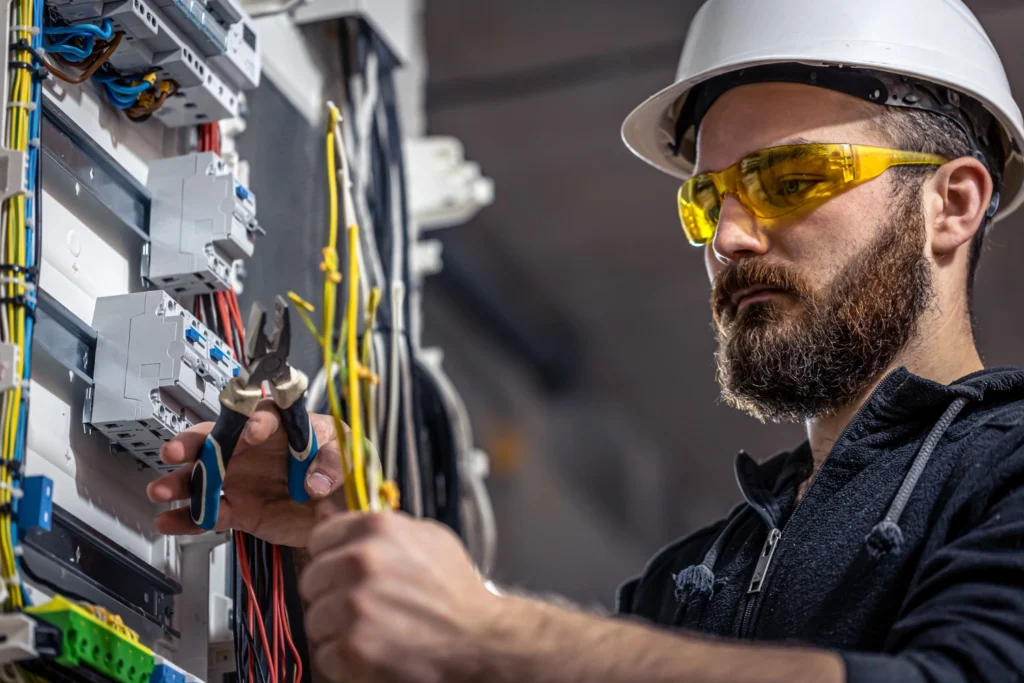Are you worried about running generator in monsoon season?

I’ll tell you what if you know how to cover your generator correctly, put it on the right surface, and follow to a few basic guidelines, you can keep it safe in the rain.
Why Rain and Generators Don’t Mix
Although they are durable devices, generators are not subjected to water damage. Rain that gets into the control panel or outlets can result in shocks, short circuits, and even full generator failure. I’ve seen people trying to cover theirs with a cloth, and believe me, that’s one of the easiest ways to set up a carbon monoxide emission device.
This is why it’s so important to understand how to properly protect your generator.
Step 1: Pick the Right Kind of Cover
A running cover, a specially made canopy designed to be used while the generator is running, is the safest choice. Manufacturers such as GenTent and IGAN provide machine coverings that resembling tiny umbrellas. They let the engine ventilate while keeping the rain out.

I’ve also experimented with temporary fixes, such as putting the generator behind a portable shed or under a canopy. In an emergency, they can operate but you must be careful of emissions and airflow. The golden rule is to never block the sides of the generator that push smoke out or take in air.
Step 2: Choose a Safe Space
Do not put the generator in any random location. Rainwater tries to collect in unlikely places. Wooden blocks work nicely, so place it on a flat, sloped area if you can. Additionally, to prevent vapors from floating inside your home, keep it at least 20 feet away.

To choose the lowest and driest land, I normally take a trip around the outside area before storms. Avoid allowing yourself to make use of your covered balcony if you have one. In semi-enclosed environments, carbon monoxide quickly collects even with the best of efforts to contain it.
Step 3: Think About Electrical Safety
Water and electricity are opposites of one another. This implies the use of strong outside extension cables, tight plugging, and placing the connections away from damp surfaces. To keep plugs out of water, I prefer to place my wires on a little plastic stool.

Some generators are already internally linked when it comes to grounding, however it’s always best to consult the user’s manual. Install a transfer switch and leave it to an electrician if you intend to connect to your home’s breaker panel.
Step 4: Keep Up With Maintenance
Machines malfunction in rainy weather. Make sure no water got into the air filter, check the outlets, and give your generator a few minutes to dry up after operating it in rainy conditions. Put on a ventilated storage cover when it has cooled. Until the next storm, it will keep moisture and dust out.
Step 5: If Something Goes Wrong
Don’t try to “push through” your generator if it starts to trip breakers or make noise in the rain. Turn it off and have a look. Moisture in the outlets or wires is usually the root cause. Before starting it again, let it dry.
Frequently Asked Questions (FAQs)
Can I just use a tarp?
Well, not in a safe way. A safe setup can become harmful if the emissions are trapped by a piece of cloth.
What if I don’t have a running cover yet?
In a situation like this, you can set up a canopy or terrace umbrella, but only if you keep the exhaust clean and both sides open.
Is it okay to run my generator in the garage with the door open?
No. even while the door is open, carbon monoxide may quickly collect to a harmful level.







